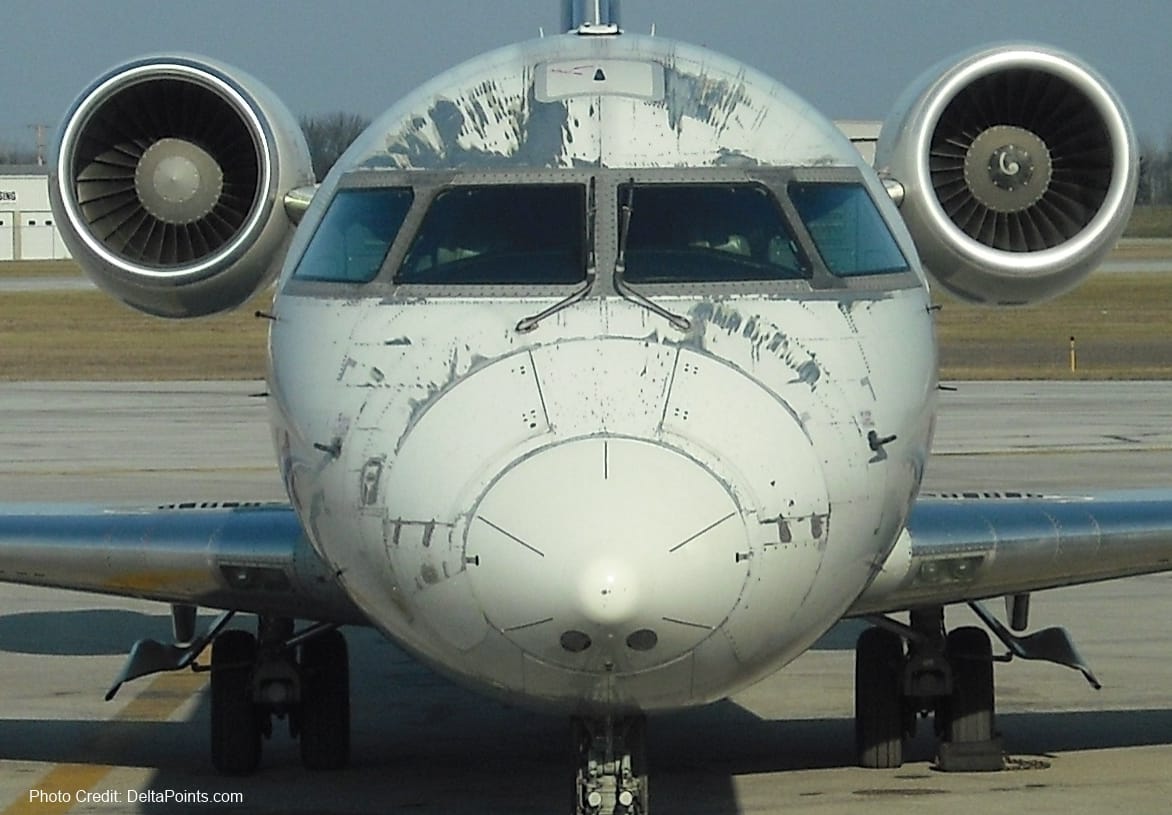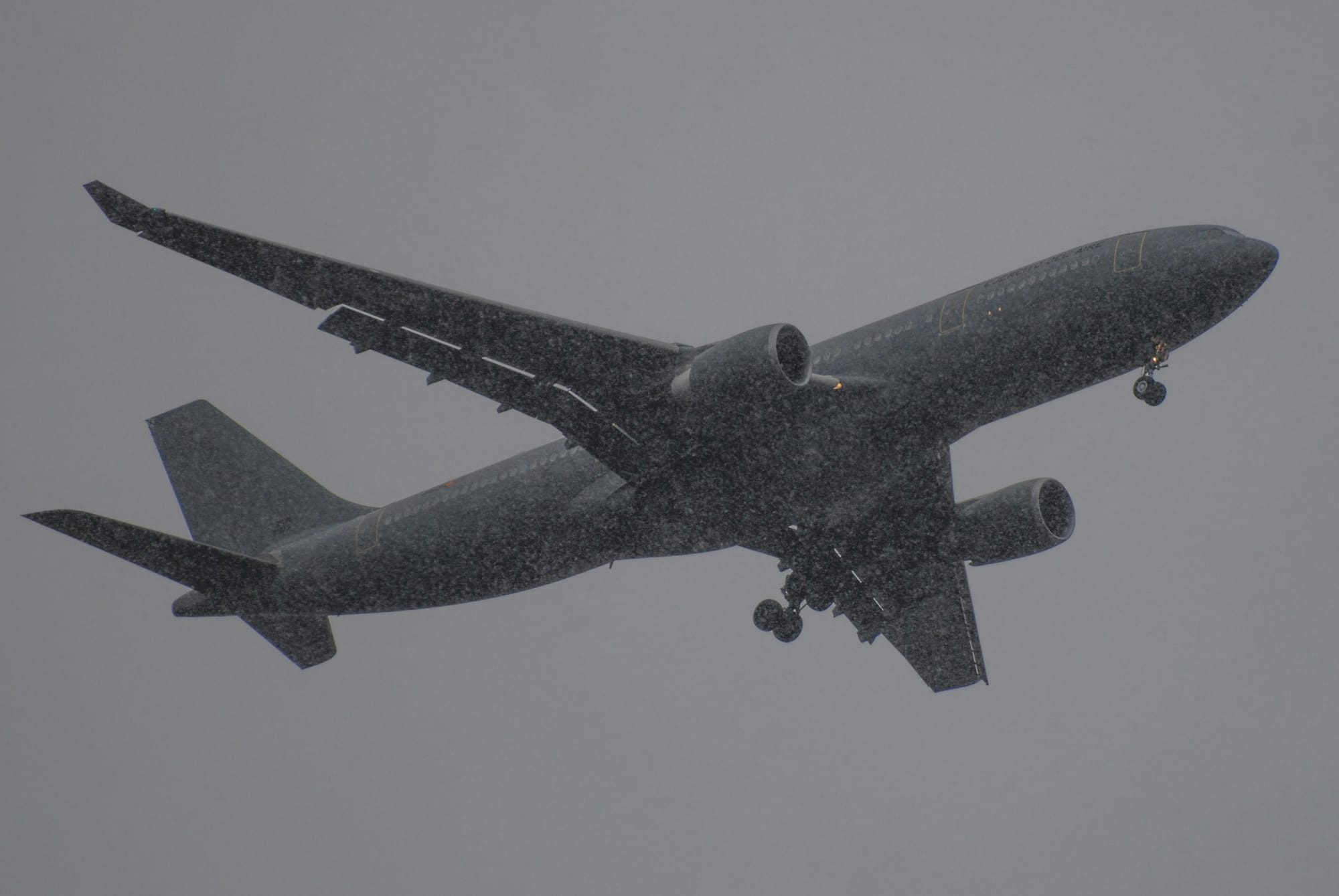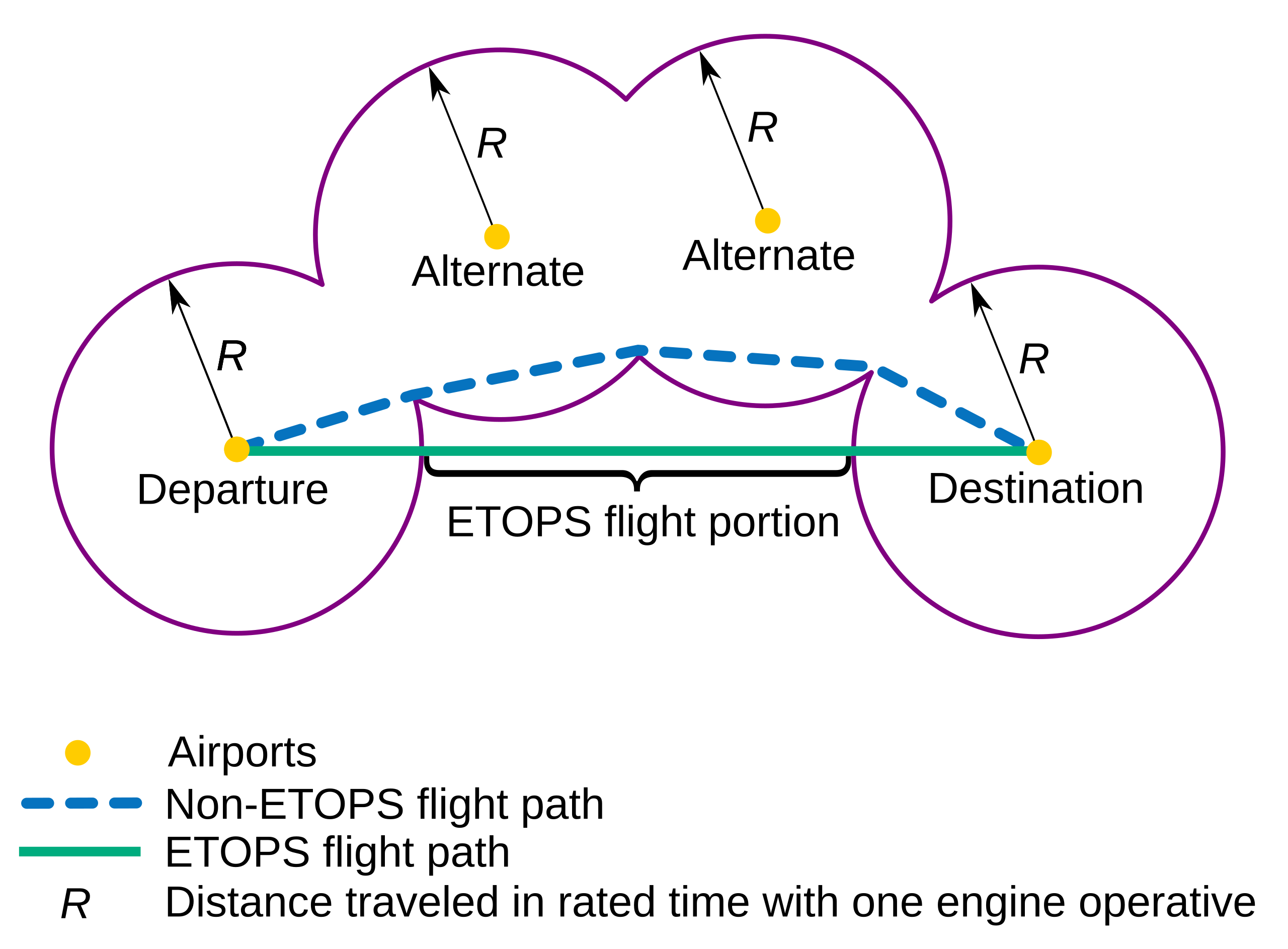How GPS Jamming Is Becoming a Weapon in Aviation
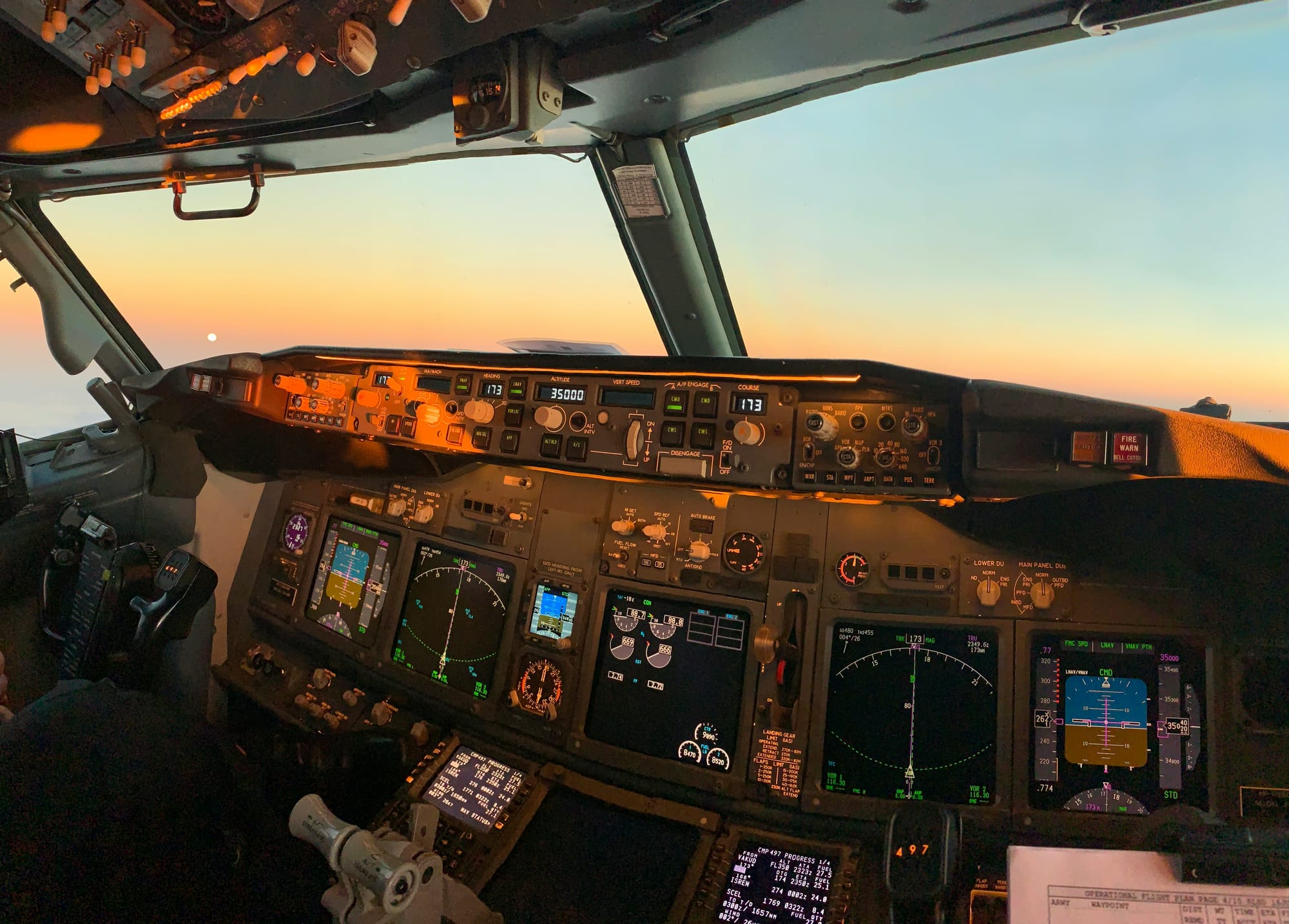
Imagine being a pilot relying on instruments to navigate your plane, only to have your GPS navigation signal disappear. That's the reality of GPS jamming, a growing threat in the world of aviation. We've been seeing increasing reports in Europe and around the world of airplanes having their GPS systems jammed, presumably from foreign enemies.
What is GPS Jamming?
GPS jamming disrupts or overwhelms the weak signals from GPS satellites with stronger radio signals. This can be done intentionally with jamming devices, or unintentionally by other electronic equipment. There are two main ways jamming works. Blocking: A flood of radio waves prevents the receiver from picking up the weak GPS signal. Spoofing: Fake GPS signals are transmitted, causing the receiver to display incorrect location data.
Europe's GPS Woes and a Global Threat
Recent years have seen a spike in reported GPS jamming incidents, particularly in Europe. Areas around Russia's Kaliningrad exclave have been a hotspot, with many airlines experiencing signal loss or manipulation. While the culprit is often suspected to be intentional jamming, the exact reasons remain unclear.
This isn't an isolated incident. GPS jamming incidents are being reported more frequently around the world, raising concerns about its use as a weapon.
Flying Without GPS: A Challenging But Not Impossible Feat
While GPS is crucial for modern air navigation, airplanes aren't rendered helpless by jamming. Here's what happens when a GPS signal is disrupted:
- Alternative Navigation Systems: Pilots can rely on alternative navigation systems like Inertial Reference Systems (IRS) that track position based on movement. However, unlike GPS which constantly corrects itself with satellite data, IRS systems accumulate errors over time, making navigation less precise the longer the GPS signal is unavailable.
- Increased Workload: Without real-time GPS data, pilots face a more complex task. They must rely on traditional techniques like pilotage (using visual landmarks) and radio navigation aids like VOR (Very High Frequency Omnidirectional Range) beacons. These methods require more mental focus and planning compared to having the immediate data provided by GPS.
A Difficult Defense: The Cat-and-Mouse Game of Jamming
Unfortunately, there's no easy solution to prevent GPS jamming. Jamming signals can be broadcasted over large areas, making it difficult to pinpoint the source. Additionally, creating jam-proof GPS receivers is a complex challenge, as any receiver needs to be sensitive enough to pick up the weak satellite signals while also filtering out potential jamming attempts.
The Future of Flight
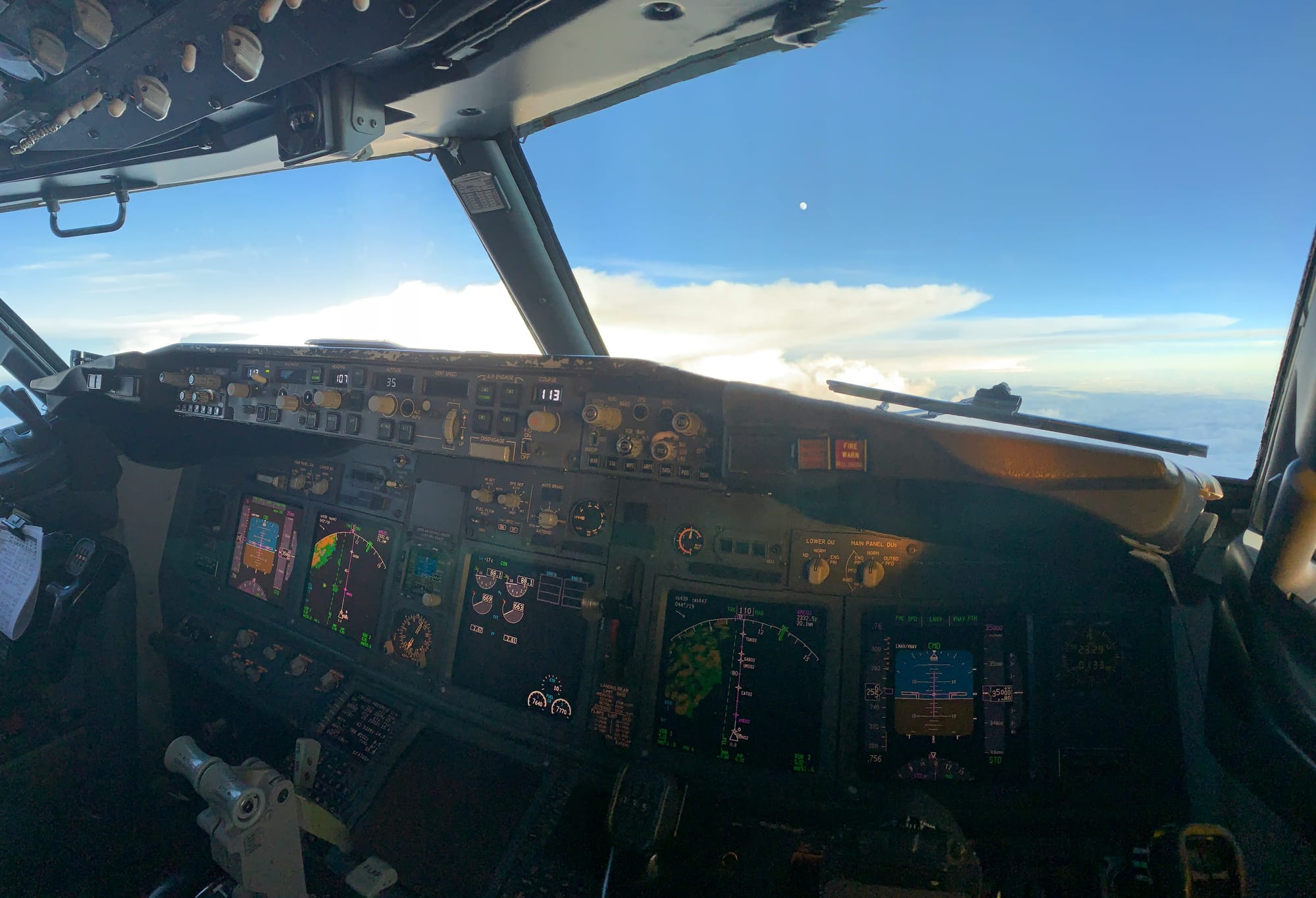
The rise of GPS jamming highlights the need for a global effort to ensure aviation safety:
- International Cooperation: Collaboration is needed to identify and address jamming incidents. This could involve stricter regulations on jamming devices, improved information sharing between countries, and potential sanctions for those who intentionally disrupt critical navigation signals.
- Technological Advancements: Research into more robust navigation systems that combine GPS with other technologies like Galileo (Europe's GPS system) or ground-based augmentation systems can improve resilience against jamming attempts. Additionally, advancements in anti-jamming technology for GPS receivers could be explored.
- Pilot Training: Continued training for pilots on navigating without full GPS functionality is crucial. Pilots need to be proficient in using traditional navigation techniques and comfortable relying on alternative systems when necessary.
Final Thoughts
While GPS jamming poses a challenge, it's important to remember that aviation safety prioritizes multiple layers of redundancy. Even without GPS, pilots have the skills and tools to ensure a safe flight, although with potentially less precision and a higher workload. Furthermore, ongoing efforts in international cooperation, technological advancements, and pilot training aim to strengthen aviation's defenses against this growing threat.


